Chikubu Island -- A Sacred Gem Floating on Lake Biwa
Rising quietly from the northern waters of Lake Biwa, Japan's largest lake, lies Chikubu Island (Chikubushima) -- a tiny, uninhabited isle just two kilometers around. Though small and seemingly isolated, this island has long been a deeply spiritual place. It is home to Hōgon-ji Temple, one of the thirty-three sacred sites of the Saigoku Kannon Pilgrimage, and has been revered for centuries as a place of worship and prayer. Even today, many visitors come seeking peace, faith, and a touch of ancient mystery.
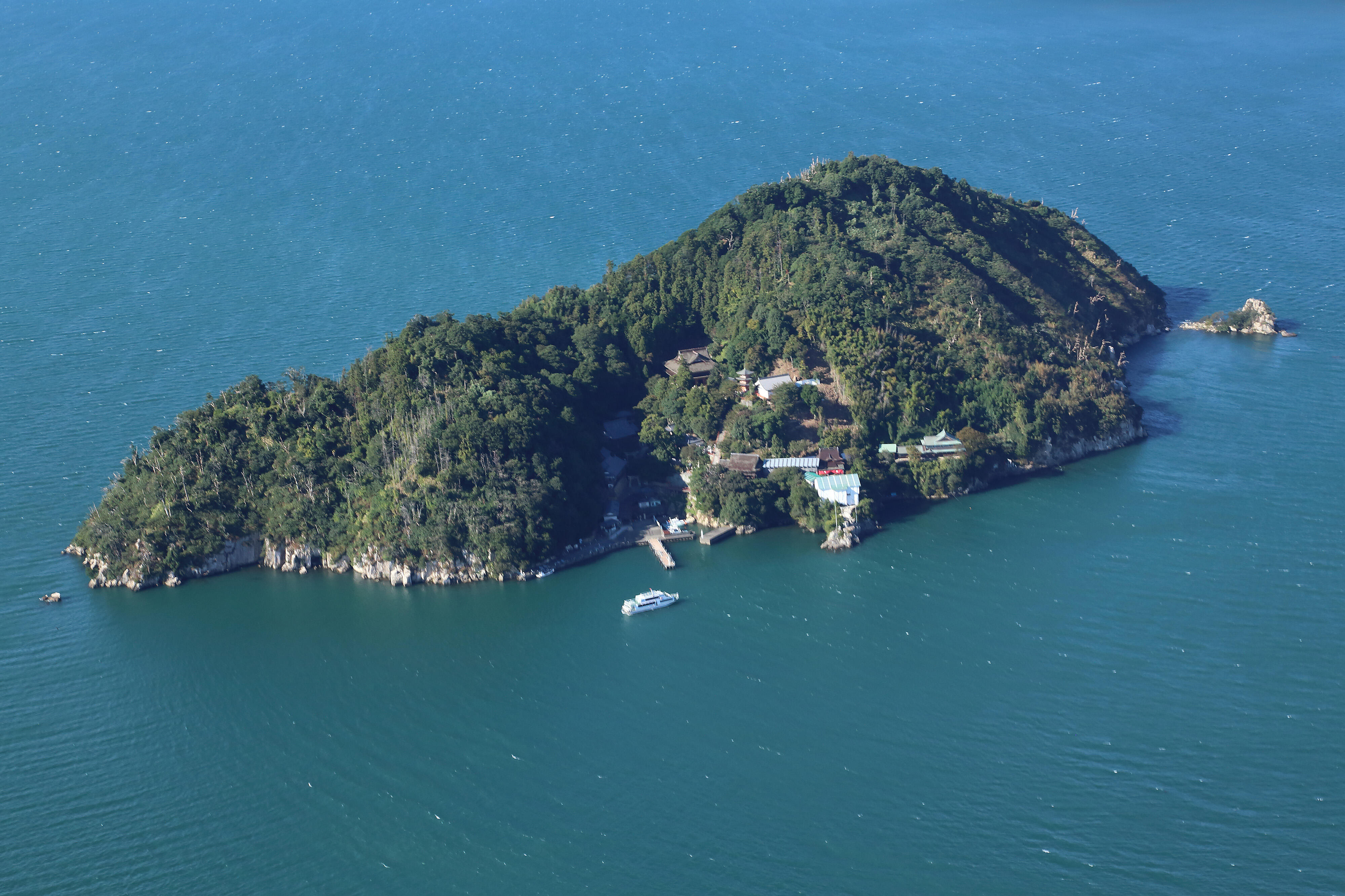
The belief that the entire island itself is a deity dates back to the Middle Ages. For the boatmen who once traversed the vast expanse of Lake Biwa, Chikubu Island was both a beacon and a source of spiritual comfort. Before modern transport, waterways were essential -- and Lake Biwa, covering one-sixth of Shiga Prefecture and sitting close to Kyoto, was a major hub of commerce. Goods such as seafood from the Sea of Japan were unloaded at Tsuruga Port, carried over the mountains, and then shipped across the lake to Kyoto.
The Sacred Treasures of Chikubu Island
Two major sacred sites rest upon this small island -- Hōgon-ji Temple and Chikubushima Shrine. Both are culturally significant, and notably, the Karamon Gate of Hōgon-ji and the main hall of Chikubushima Shrine are designated as National Treasures of Japan.
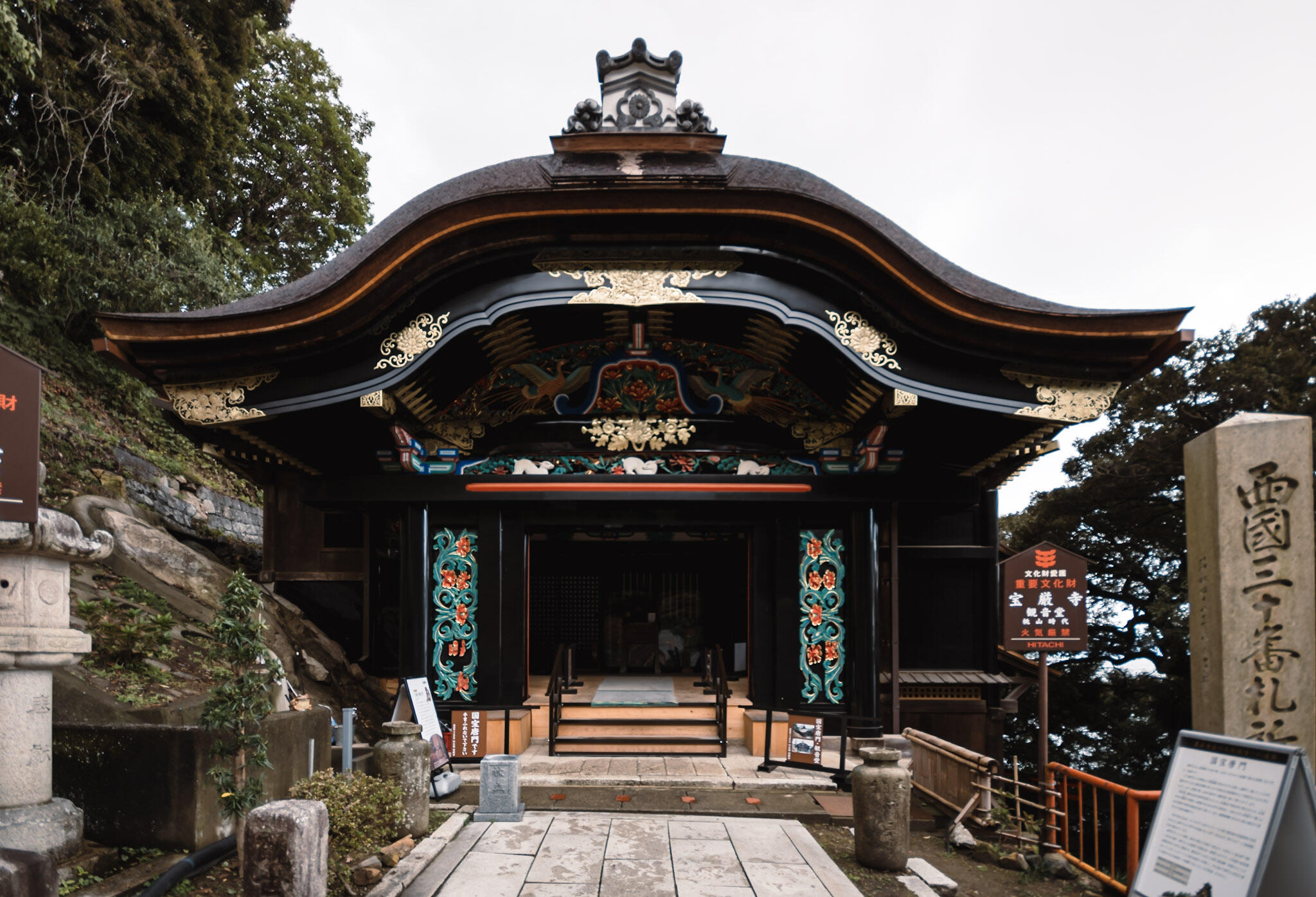
Hōgon-ji's principal deity is Benzaiten, the goddess of beauty, wisdom, and music. Alongside Enoshima Shrine in Kanagawa and Daigan-ji Temple on Miyajima, it is counted among Japan's Three Great Benzaiten temples -- and is said to be the oldest of the three. The sacred statue of Benzaiten is a hidden Buddha (hibutsu), only revealed to the public once every sixty years. The next unveiling is scheduled for 2037.

Descending from the Kannon Hall, you'll find the beautiful Karamon Gate. Originally built as the Gokuraku-mon gate of the Toyokuni Shrine in Kyoto's Higashiyama district -- dedicated to the warlord Toyotomi Hideyoshi -- it was later relocated to Chikubu Island by order of his son, Toyotomi Hideyori. Historical records also suggest that the Gokuraku Bridge of Osaka Castle was similarly moved to the Toyokuni Shrine around the same time.
In May 2020, major restoration work was carried out on the Karamon, Kannon Hall, and the connecting corridor. Using laser technology to analyze pigments and patterns, craftsmen meticulously repainted and re-lacquered the gate, restoring it to its original splendor.
A Bridge Between Japan and Austria
Interestingly, recent research revealed that this very Karamon Gate, beautifully restored, also appears in a painted folding screen embedded in the walls of Eggenberg Palace in Graz, Austria.
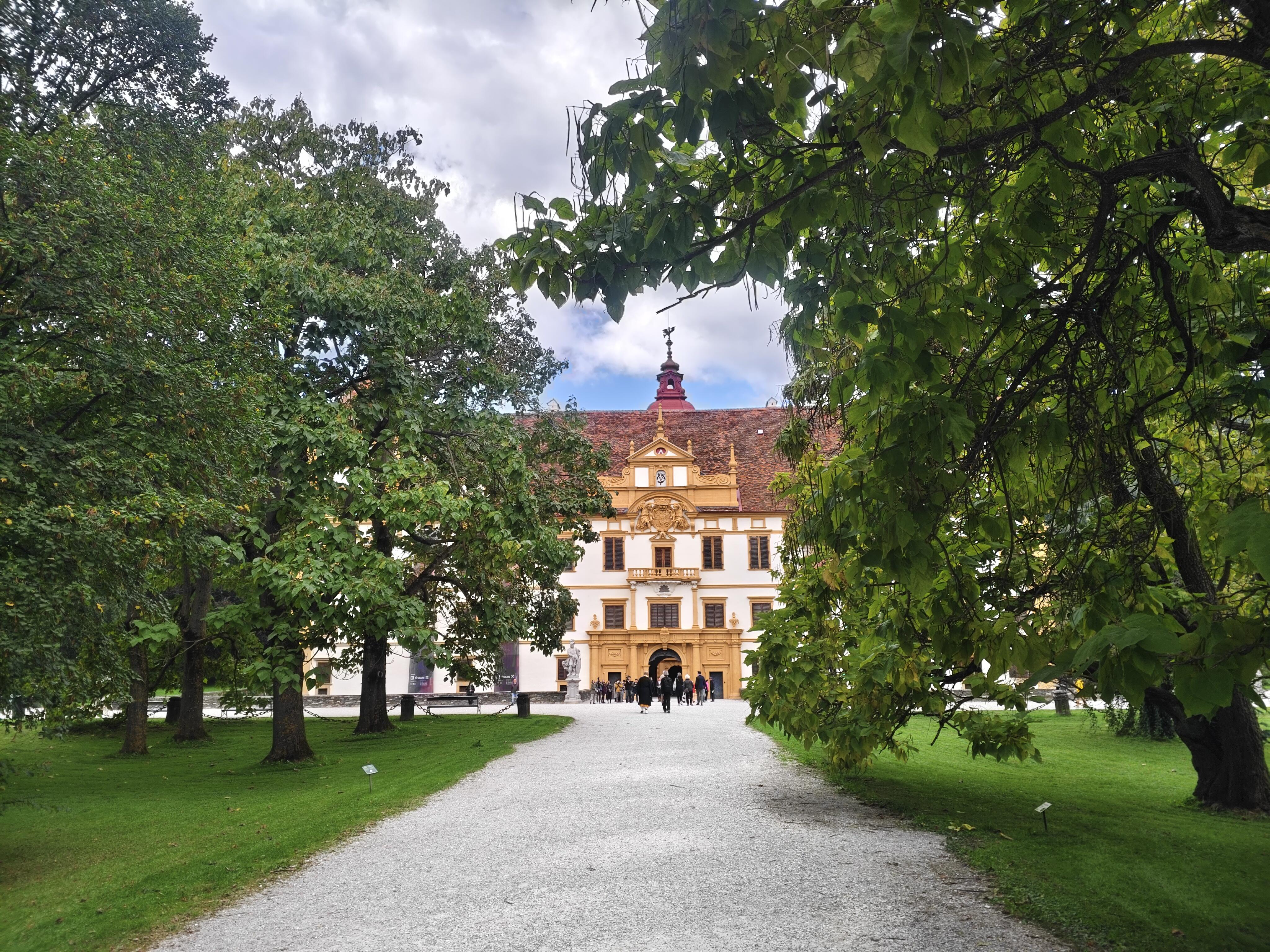
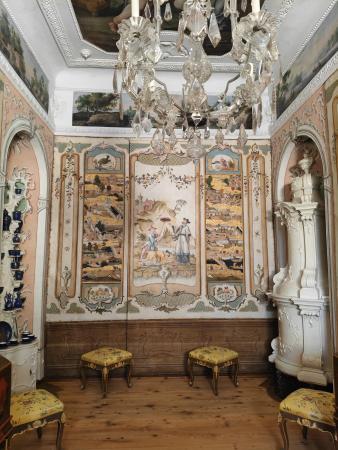
Within the palace -- which celebrated its 400th anniversary -- lies a remarkable room known as the "Japanese Room." Its walls display eight panels of a folding screen titled "The Osaka Castle Screen of the Toyotomi Period," depicting the grandeur of Osaka Castle and its surrounding castle town. Among the detailed scenes is the Gokuraku Bridge, once spanning the inner moat of Osaka Castle.
The upper carvings of Chikubu Island's Karamon feature a golden pheasant, whose feathers were said to adorn the crowns of kings -- a symbol of power and prestige. This makes the gate not only a sacred relic but also the only surviving architectural remnant directly linked to the Toyotomi era's Osaka Castle.
After the fall of Osaka Castle to the Tokugawa shogunate in the early Edo period, a fragment of that world -- this Karamon -- survived quietly on Chikubu Island. And now, through art, it also connects to faraway Austria.
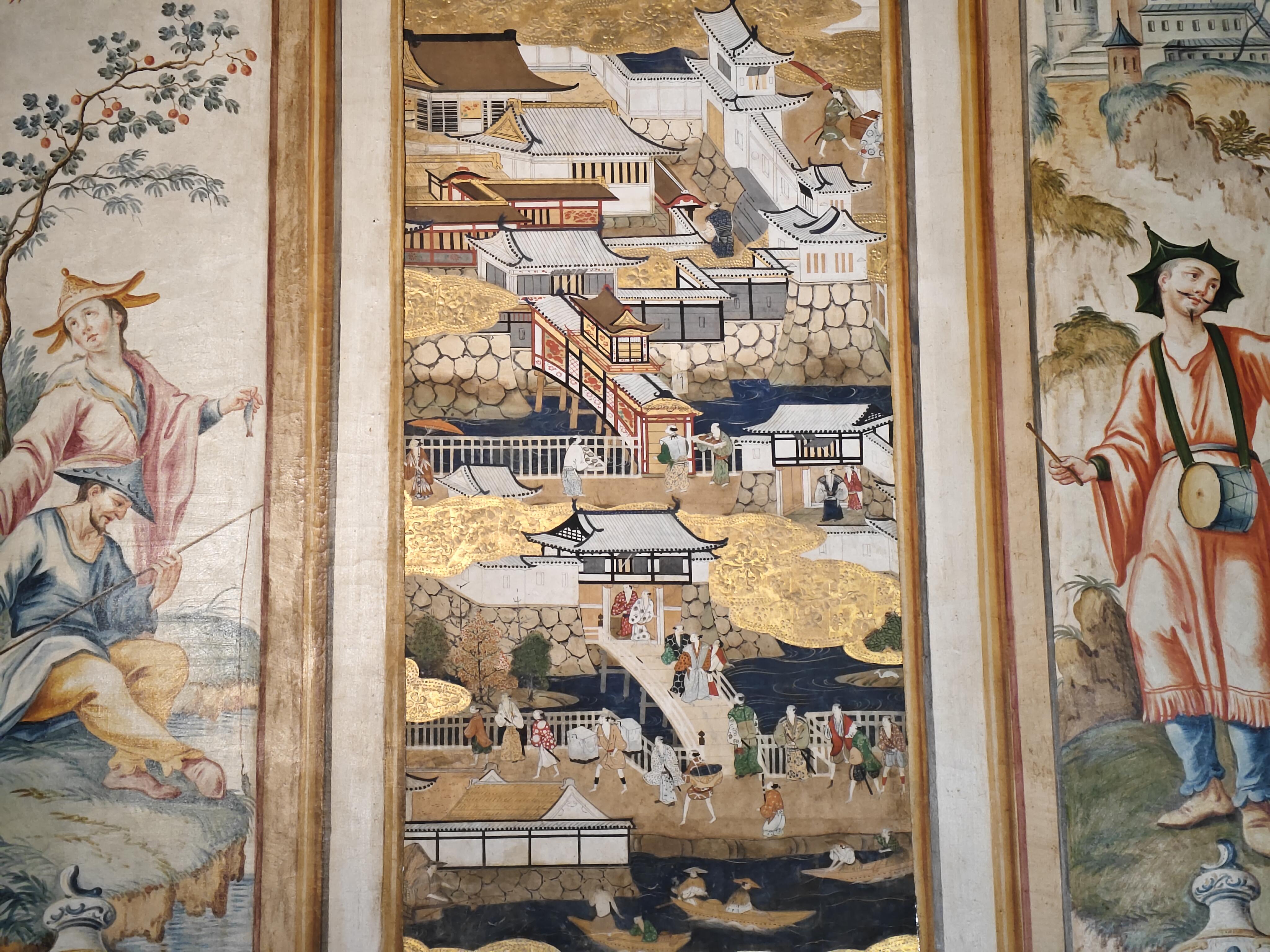
It's even said (though unproven) that Empress Maria Theresa herself may have once stood in that room at Eggenberg Palace, gazing upon the painting of a gate that still stands proudly on an island in Japan's Lake Biwa.
A Journey Through Time
Whether you visit for historical curiosity or spiritual serenity, both Chikubu Island on Lake Biwa and Eggenberg Palace in Graz offer a fascinating bridge across cultures and centuries.
If you ever have the chance -- visit both, and experience this remarkable story of faith, art, and time for yourself.

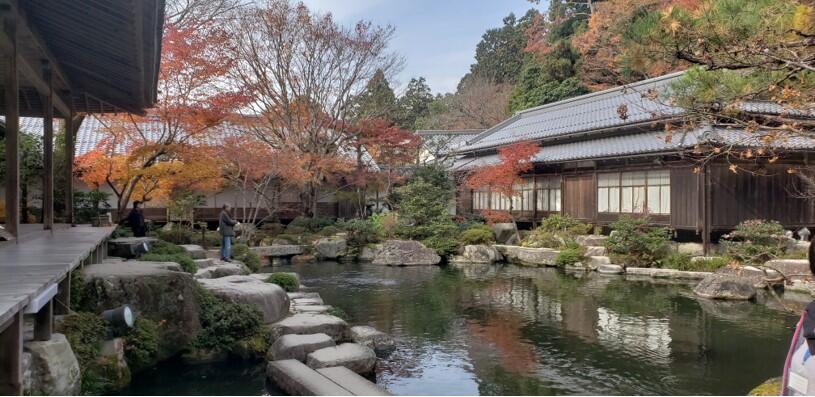 Near the entrance was a giant, bear tree when we went, which I am sure would be beautiful when spring comes. However nearby there are plenty of red, maple trees to appreciate. After a short walk past the entrance, there is a large pond filled with koi. There are a few colorful ones, but the majority appeared to be black. The fish are quite feisty and there is fish food nearby that you can pay for. I would recommend trying to feed them if there is fish food that you can purchase. Of course, the pond is situated around plenty of colorful trees, so there is a beautiful view all around the it.
Near the entrance was a giant, bear tree when we went, which I am sure would be beautiful when spring comes. However nearby there are plenty of red, maple trees to appreciate. After a short walk past the entrance, there is a large pond filled with koi. There are a few colorful ones, but the majority appeared to be black. The fish are quite feisty and there is fish food nearby that you can pay for. I would recommend trying to feed them if there is fish food that you can purchase. Of course, the pond is situated around plenty of colorful trees, so there is a beautiful view all around the it.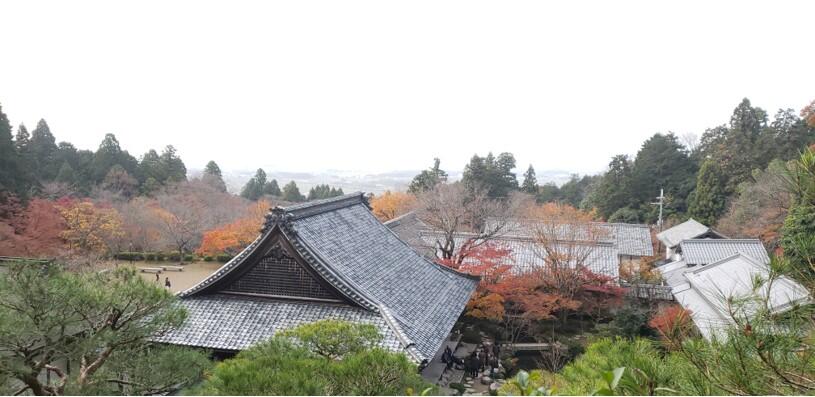
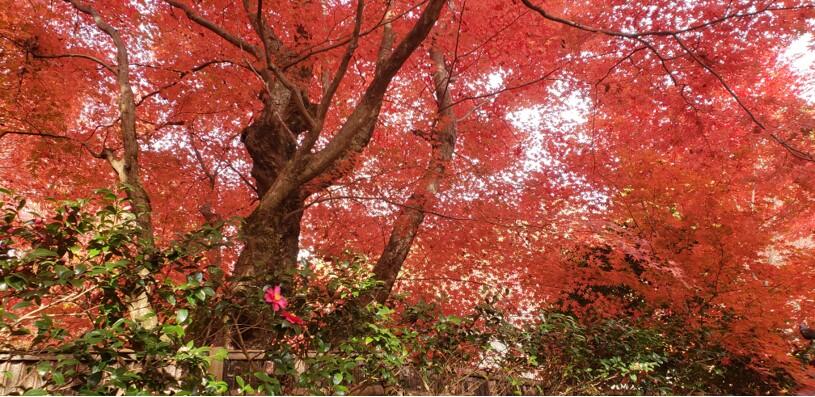
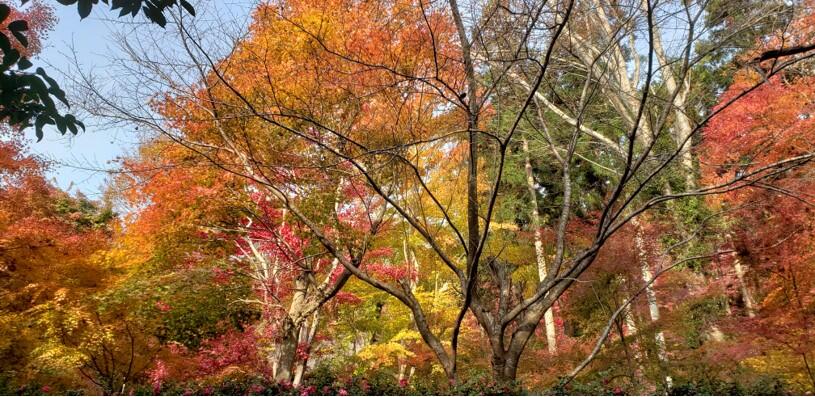
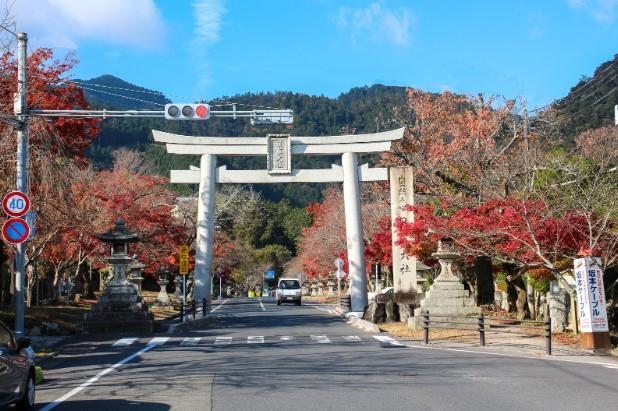
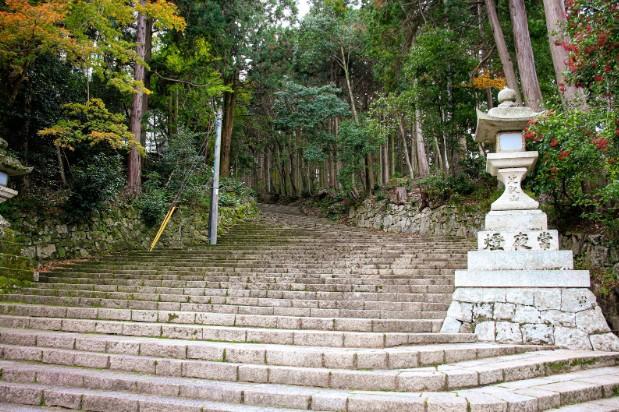
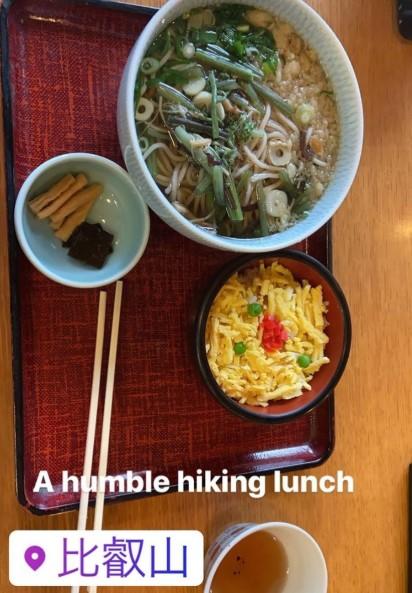
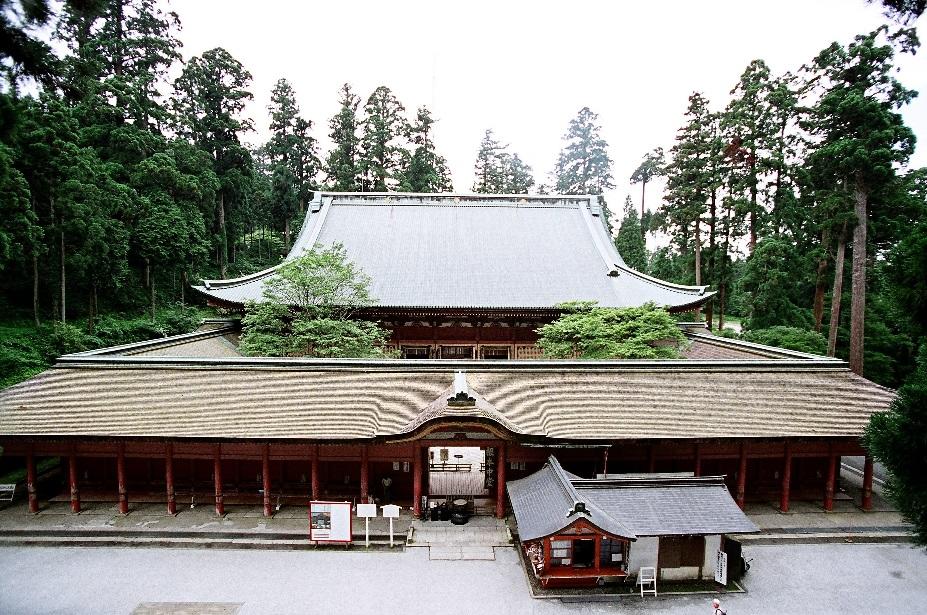
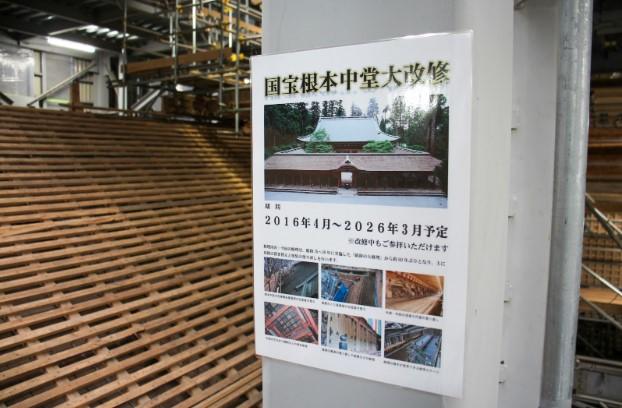
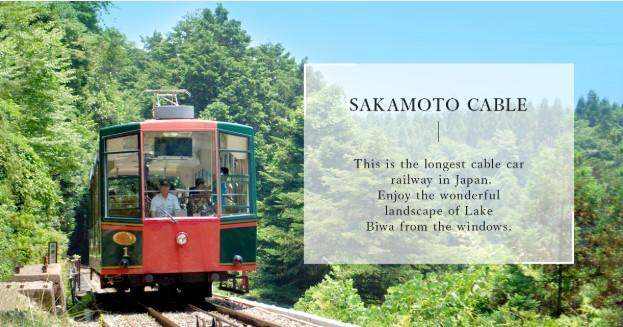
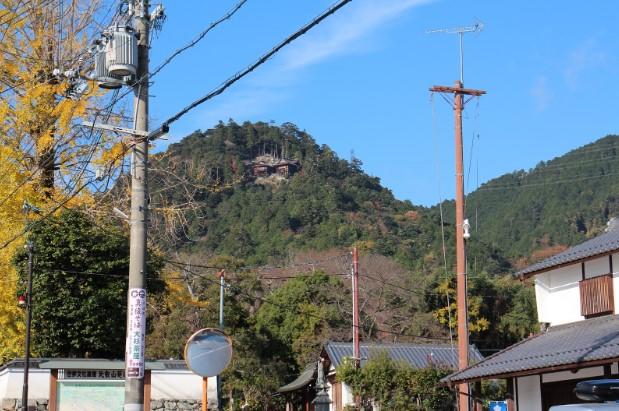
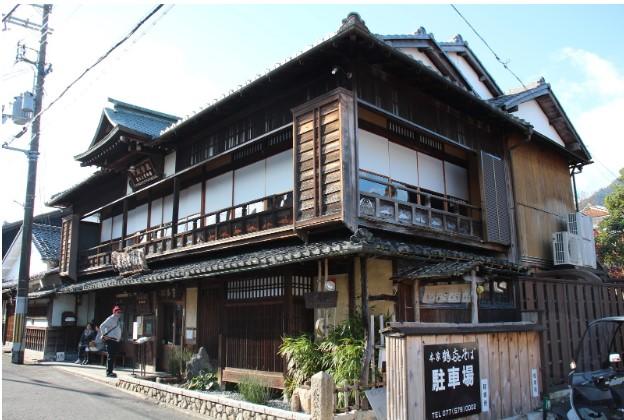



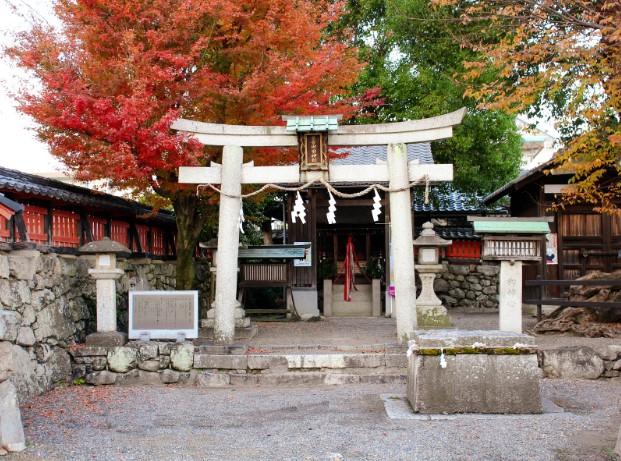
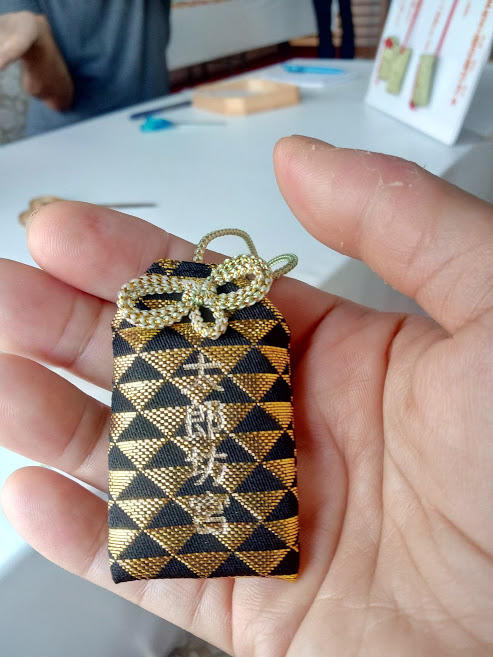
 Japanese only.....but please don't panic! As I said, priest or shrine maiden will teach you, but also can not speak any English. But they can show you how to do it. Easy!
Japanese only.....but please don't panic! As I said, priest or shrine maiden will teach you, but also can not speak any English. But they can show you how to do it. Easy!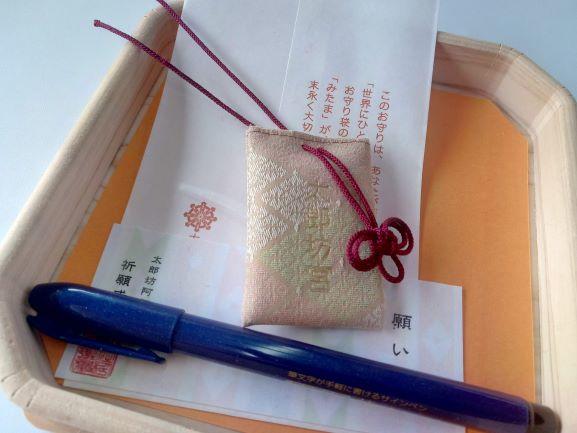 This is a set of Omamori lucky charm making. You can choose your small cloth bag and colour of ribbon by yourself.
This is a set of Omamori lucky charm making. You can choose your small cloth bag and colour of ribbon by yourself.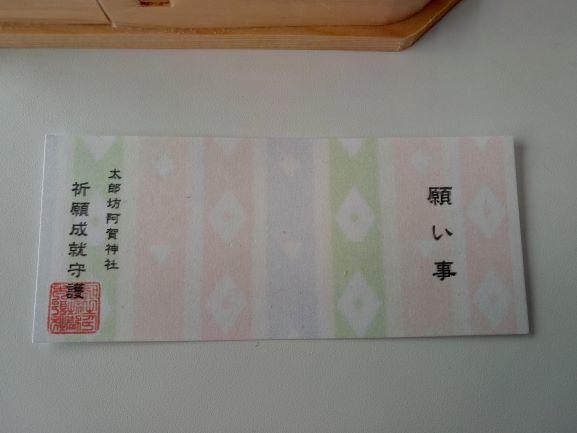
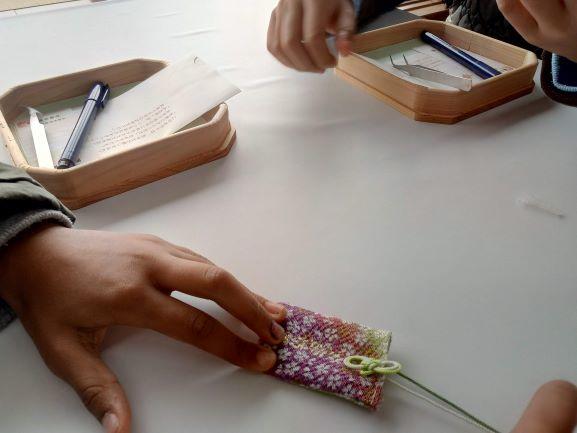 Tight the ribbon .... and completed!
Tight the ribbon .... and completed!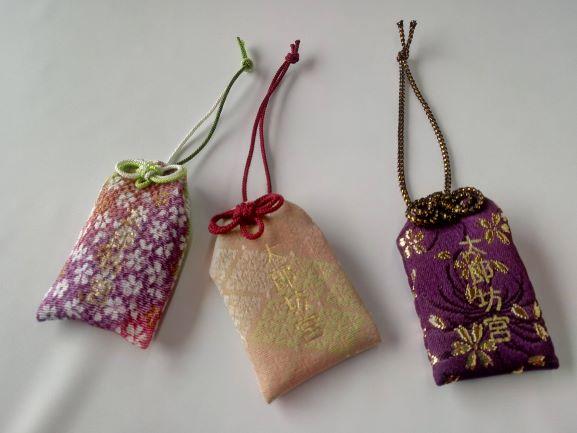 How do you think? My one is middle, and I love it so much.
How do you think? My one is middle, and I love it so much.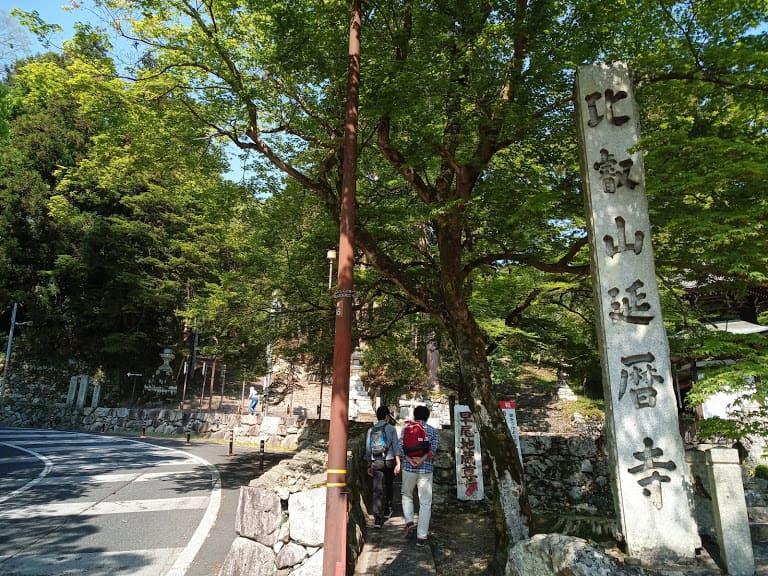
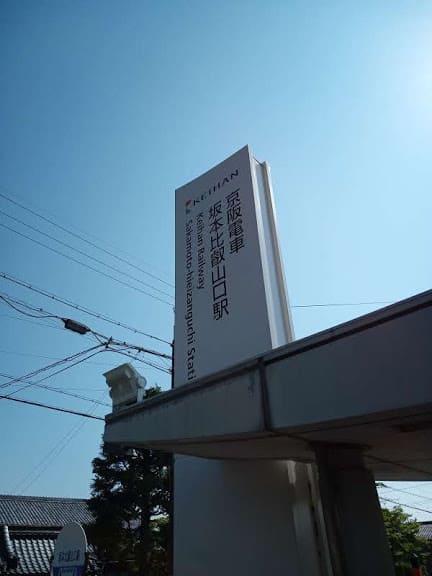
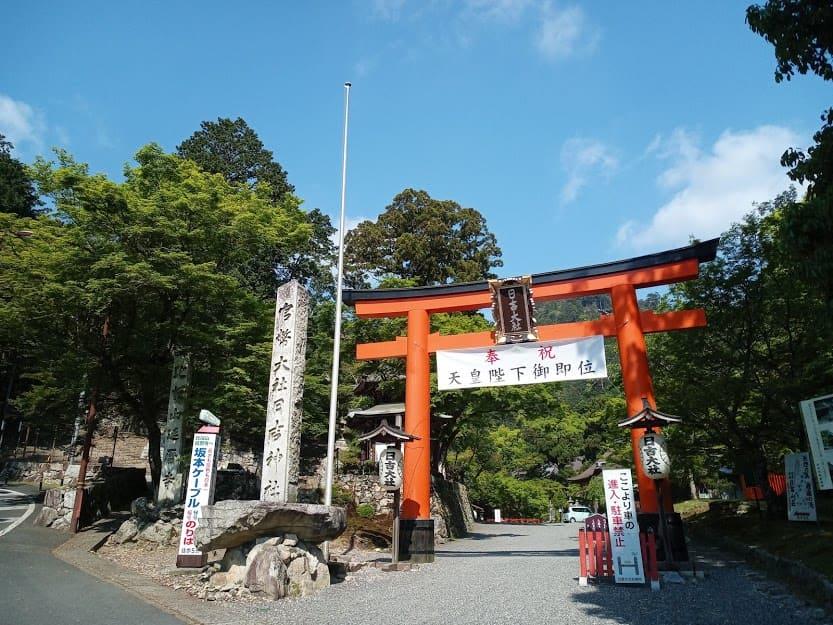

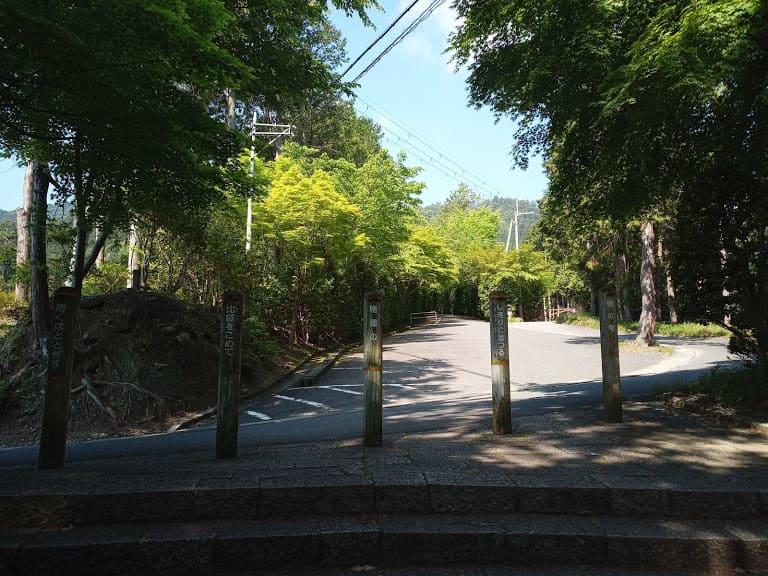
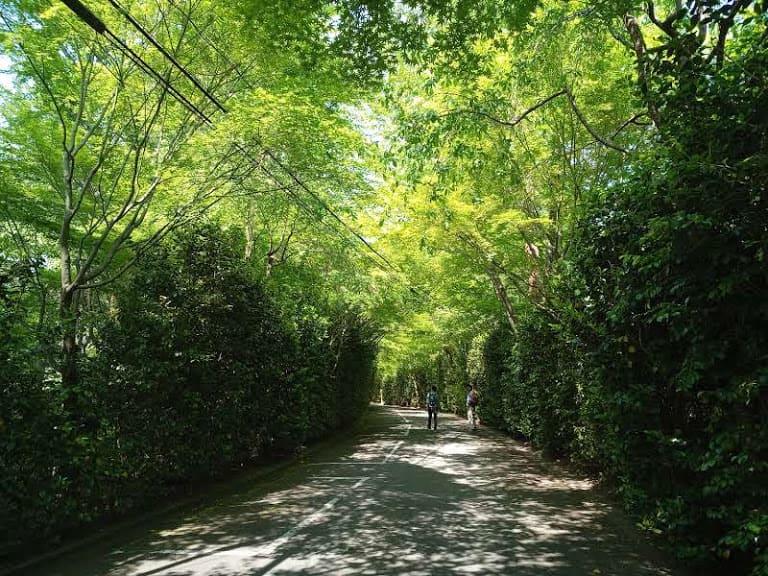
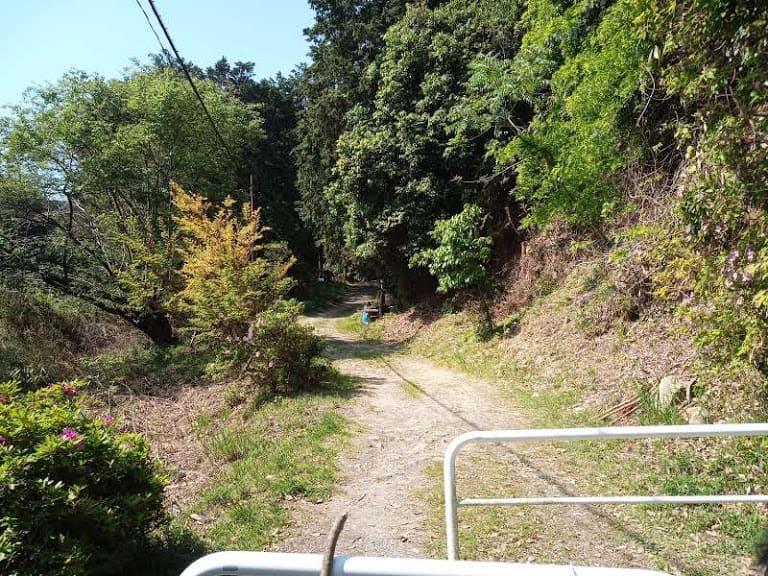
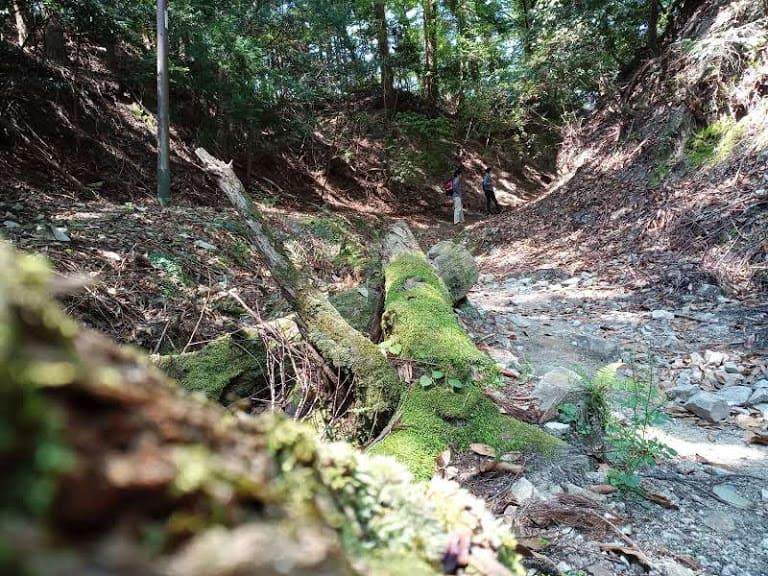

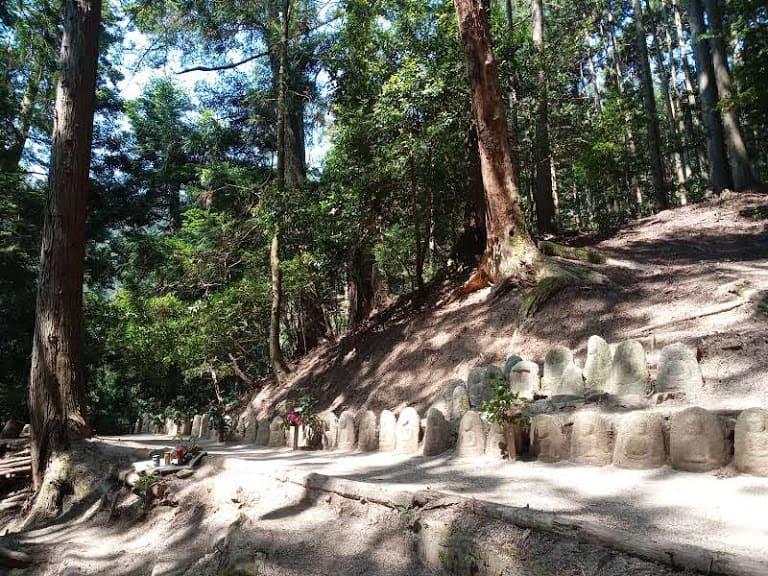
 Stone statue
Stone statue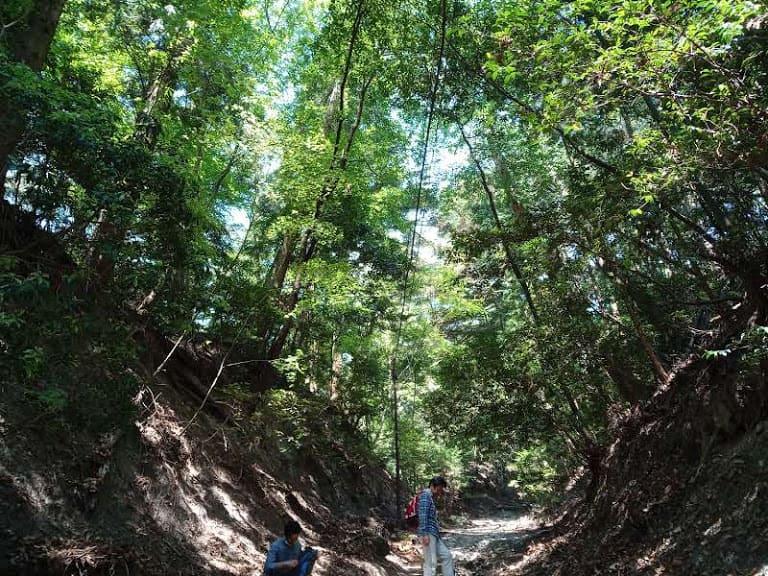
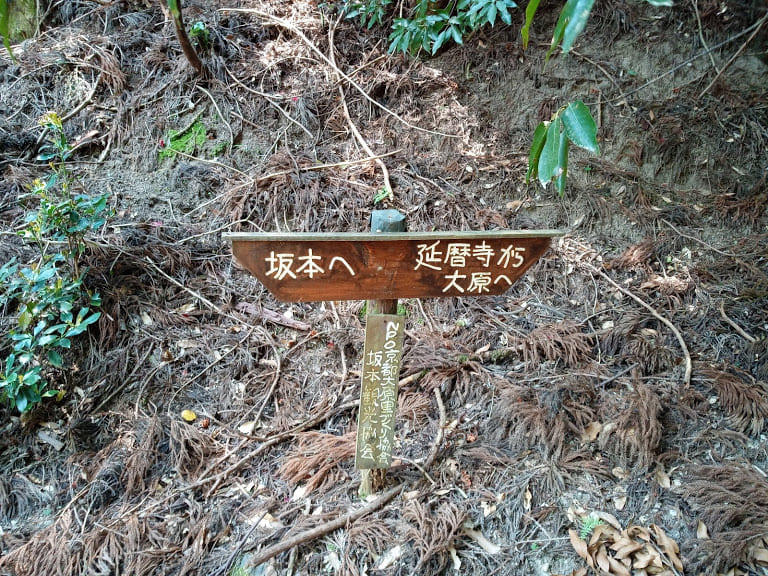
 Around
Around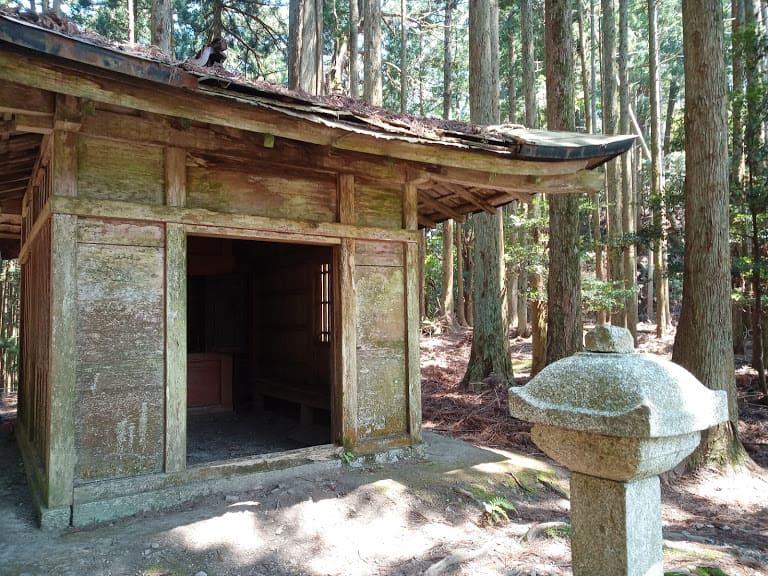
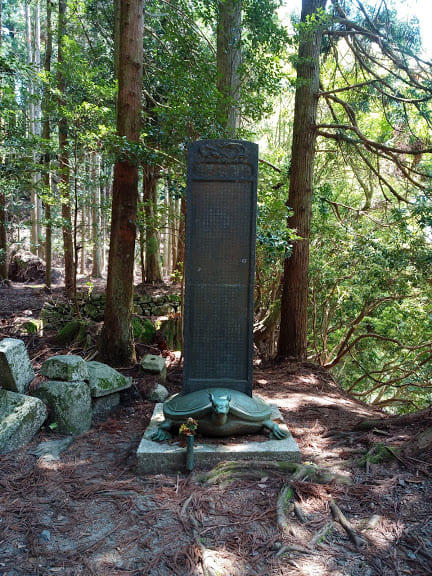
 It must be
It must be



